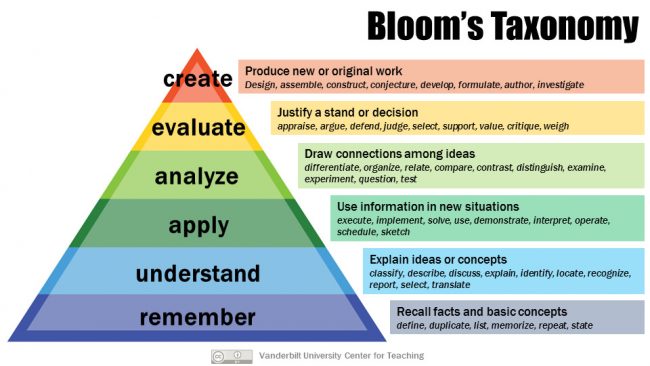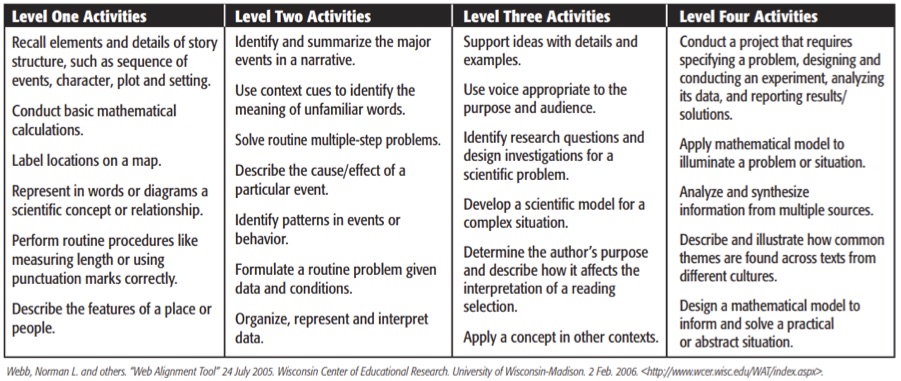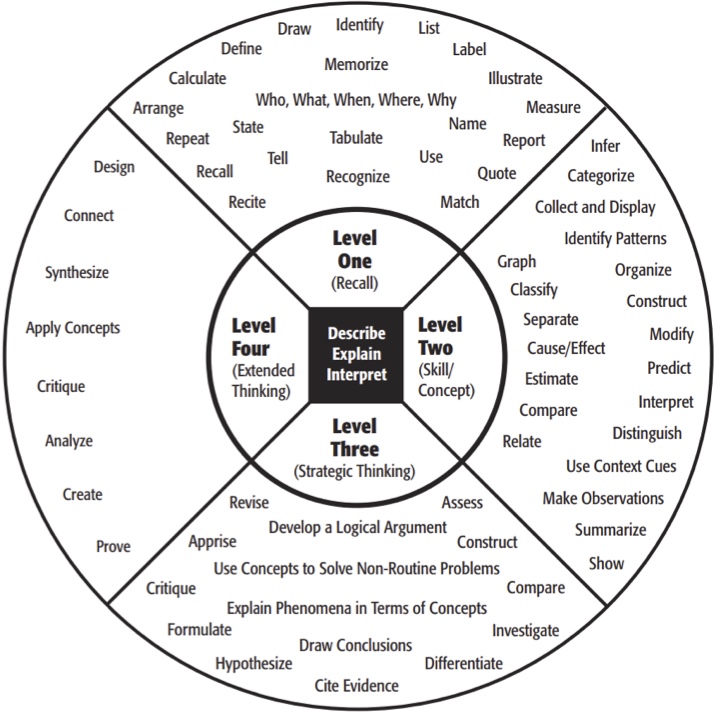3 Design principles
The template for this class is based on a number of learning design principles and was developed in collaboration with the General Education faculty committee, the First-Year Working Group and experienced LEH instructors. In the three years of the Covid pandemic we also learned that incoming students experience distinctive challenges. For example, many have not participated in what most of us think of as traditional end-of-semester or midterm exams. Many more students are enrolled at Lehman than four years ago for whom English is a language that they learned outside their homes. Extended online and hybrid learning, often poorly delivered, have left some students with content knowledge gaps. At the same time, the unique impact of Covid in New York City and the Bronx, in particular, also left students with social, emotional, and mental health challenges.
Backward Design
Backward design is a method in which you start by determining the outcomes you desire, and then design the course backward from there with the goal of achieving them. In the case of LEH 250, we looked at the general education outcomes, but also thought deeply about the skills, attitudes, and knowledge that students need to make the transition from high school students to successful Lehman College students who will persist until graduation.
Bloom’s Taxonomy
Bloom’s Taxonomy is one of the most widely used frameworks for analyzing and developing educational content. It helps with clarifying learning outcomes for teaching.
At the bottom of the taxonomy is “remember,” which is to be able to recall facts and definitions. This is important but it would be considered to be at a very low level of cognition. Remembering, such as the names of parts of the body or vocabulary in a new language, is important, especially in some specific course, but it is not enough. Unfortunately, many students have primarily focused on remembering and understanding in their prior work.

In college courses, we generally aim for consistent application of the higher levels, such as analyze, evaluate, and create.
In our outline for LEH 250, the student success skills are most often focused on the lower levels. However, by asking students to reflect on what they have learned and to apply it to new settings, even that material can be made more intellectually challenging, and thus more interesting.
In the sections on student academic skills, the level of the content is again raised by having students use what they learn (for example how to use library data bases) to explore a specific topic. In creating an annotated bibliography, the students are also asked to analyze and evaluate the items in the bibliography. Simply following the rules for citations in a given style is not, in itself, advanced thinking, but knowing this opens the door to creating, evaluating, and analyzing. With first-year students, in particular, we often need to consciously and explicitly empower them to do this higher level work.
It does not matter which discipline you are from, you can ask students to work higher up in the pyramid. Not all work has to be at the top level, but, especially for first-year students, helping them to understand the transition to higher level work is important.
Webb’s Depth of Knowledge
There have been numerous modifications, enhancements, and further development of the ideas in Bloom’s Taxonomy. One of the most widely used (especially in K-12) is Norman Webb’s Depth of Knowledge framework. Webb identified four levels (recall, skill/concept, strategic thinking, and extended thinking). As with Bloom, these levels are associated with various verbs. Instruction is then designed as a set of activities that implements those verbs.

Overall, our goal in designing the course is to foreground more challenging learning by pushing students to analyze, apply, and make judgements.
Table of Contents
